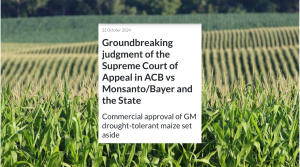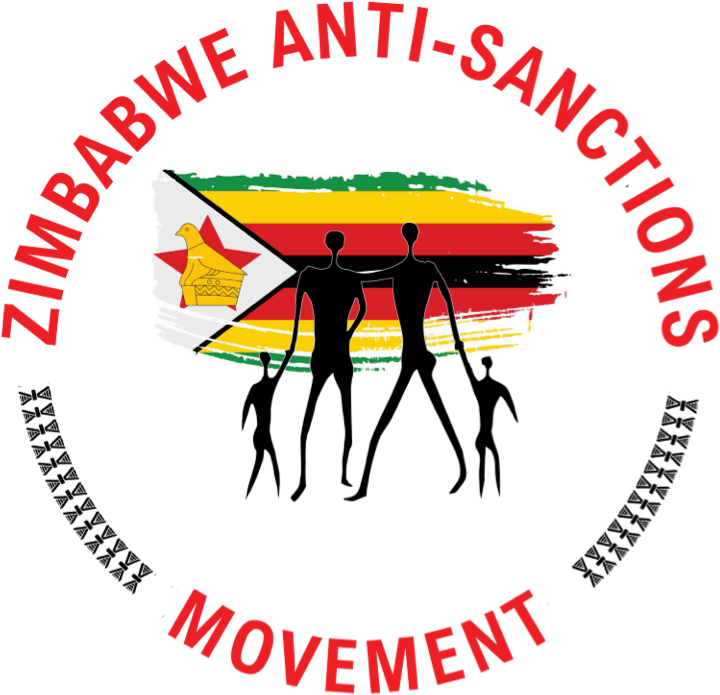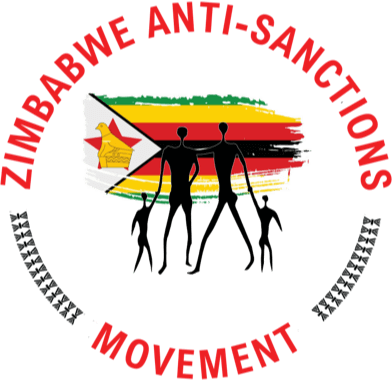 On Thursday, October 22, 2024, after a nine-year battle with Monsanto, the African Center for Biodiversity (ACB) won a pivotal decision in South Africa’s Supreme Court. The court agreed with the ACB that South Africa’s Executive Council of the GMO Act had approved Monsanto’s drought-resistant maize without fully assessing its safety for human health and the environment, disregarding evidence from other experts.
On Thursday, October 22, 2024, after a nine-year battle with Monsanto, the African Center for Biodiversity (ACB) won a pivotal decision in South Africa’s Supreme Court. The court agreed with the ACB that South Africa’s Executive Council of the GMO Act had approved Monsanto’s drought-resistant maize without fully assessing its safety for human health and the environment, disregarding evidence from other experts.
This ruling marks South Africa’s first judicial decision on GMOs and highlights a longstanding issue: for 28 years, the Executive Council of the GMO Act has licensed western GMOs without adequate health and environmental impact assessments.
According to ACB director Mariam Mayet, the ten-member Executive Council, which includes officials from the Departments of Agriculture, Arts, Culture, Science and Technology, Environmental Affairs and Tourism, Health, and Labour, has frequently rubber-stamped research and safety data provided by foreign biotech companies to the council, without questioning their conclusions or considering conflicting evidence.
The South African GMO Act, currently implemented by the Executive Council, originated from apartheid-era SAGENE (South African Committee on Genetic Experimentation), which was established in 1979 under the National Defense Council’s “Total War Strategy” on independent black states in SADC.
This strategy aimed, in part, to develop biochemical warfare tactics that would foster black dependency on white South African agriculture, while poisoning and reducing black populations in South Africa and the broader Southern African Development Community (SADC).
Most GMO crops approved in South Africa today, such as maize, soy, and cotton, are staples consumed or used as sanitary wear products primarily by black South Africans and other Africans in the region.
Countries like Zimbabwe, Swaziland, Botswana, Mozambique, Malawi and Lesotho heavily import these GMOs from South Africa, incorporating GMO maize and soy into staples like mealie meal and soy chunks. More-so, 94% of Zimbabwe’s cooking oil is derived from GMO soy crude oil, while the sanitary wear used by our women comes from GMO cotton laced with cancer causing chemicals.
It’s notable that these countries, heavily reliant on GMO imports from South Africa, happen to have the world’s highest HIV, while Zimbabwe, South Africa and Malawi have some of the highest cancer death rates in the world.
This raises troubling questions, particularly in light of documented admissions by entities like the South African Institute for Maritime Research (SAIMR) and the involvement of Wouter Basson in spreading HIV and developing vectors known as “Kaffir Killers” to reduce African populations in the SADC region.
How is it that Southern African governments, whose citizens were affected by these past biochemical attacks, continue to import food from a South Africa that is still heavily controlled influenced by remnants of the apartheid system? Is it ignorance, or a lack of concern for African welfare by African leaders?
This landmark decision by the Supreme Court of South Africa, following the African Centre for Biodiversity’s nine-year struggle, raises questions about whether my own case on GMOs was handled adequately in the courts, especially given that the Standards Association of Zimbabwe, the Consumer Council of Zimbabwe, and supporting court documents, have confirmed my allegations that Grain Millers Association of Zimbabwe’s members are selling GMOs containing cancer causing chemicals.
Nonetheless, the Bloemfontein court decision gives hope that this precedent will bring much-needed scrutiny to the safety of GMOs.





